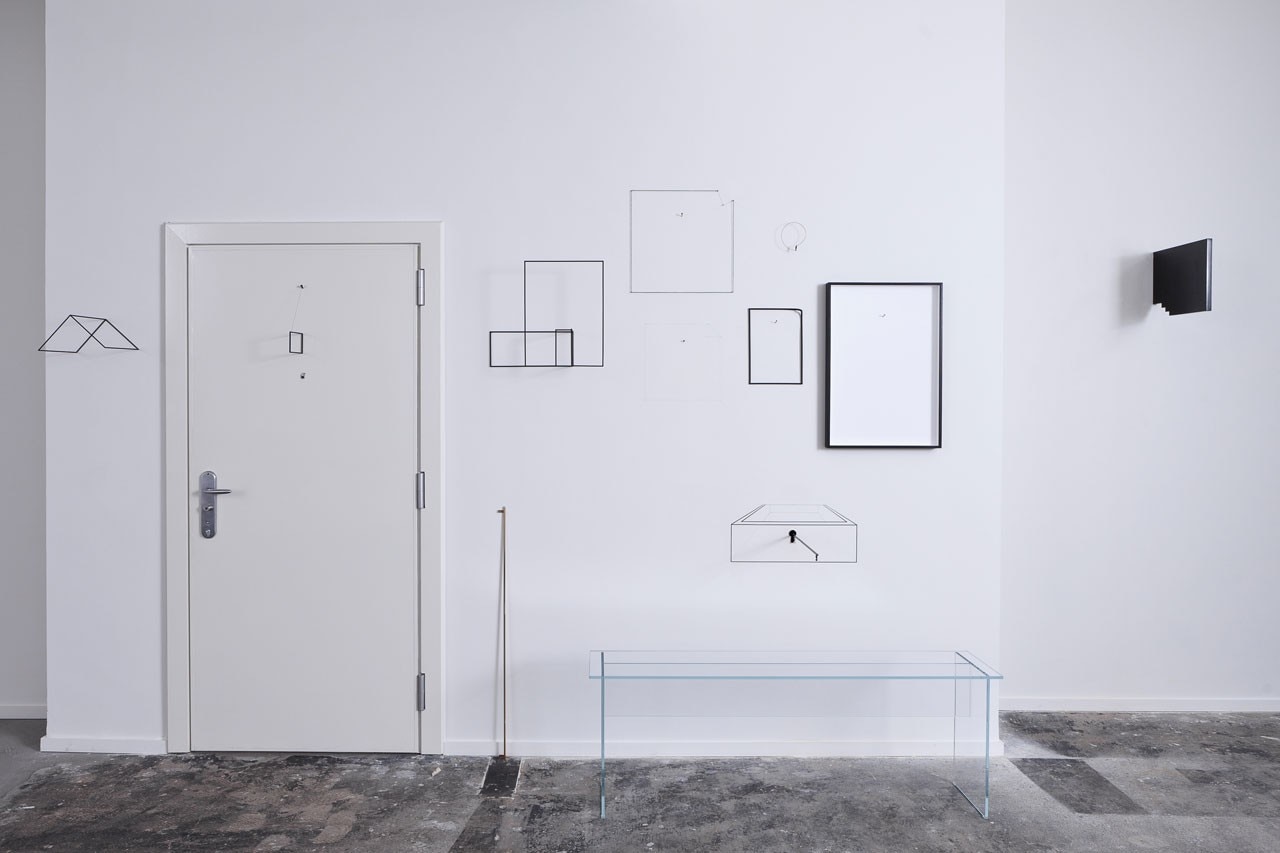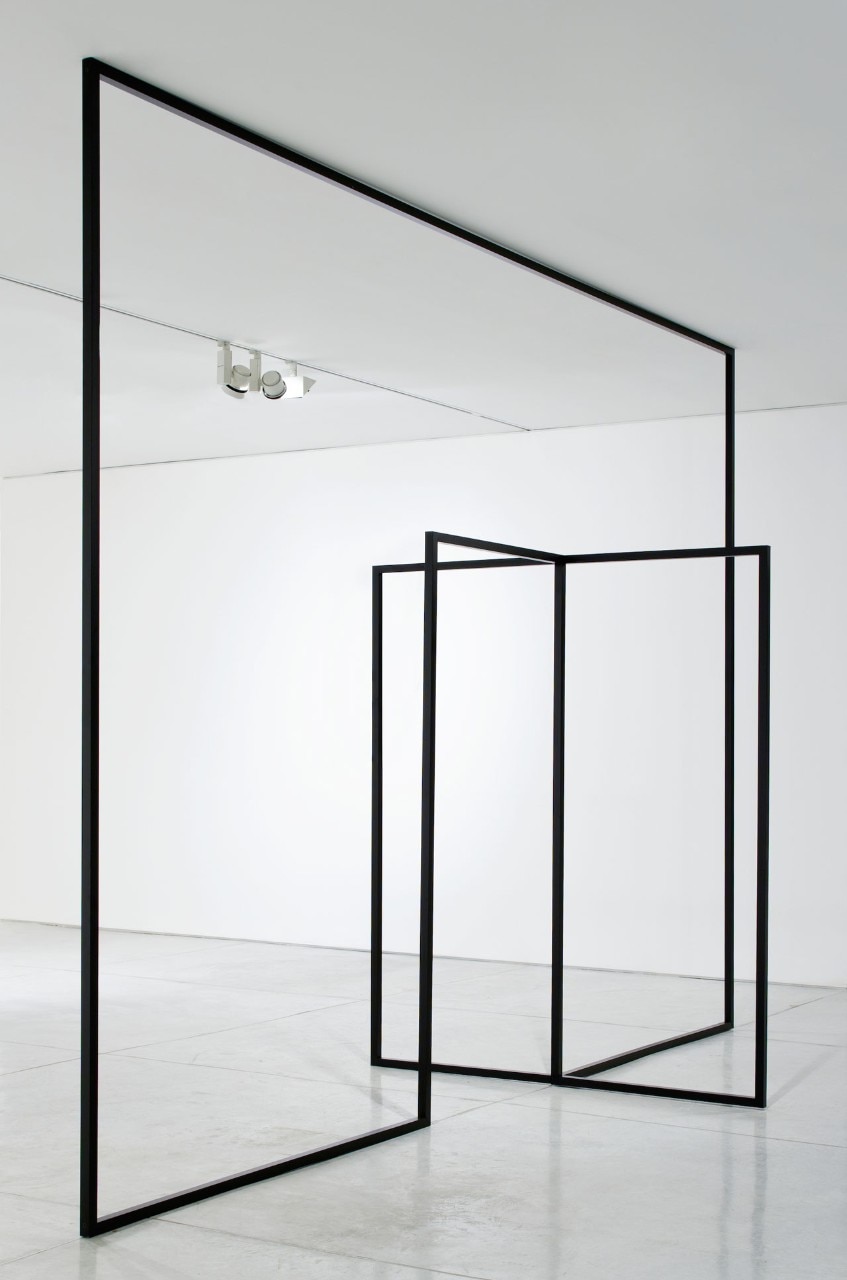
With several awards to his name – the Wallpaper Design Award 2013 to mention one – his works are now in the collections of institutions such as the Metropolitan and Museum of Modern Art in New York, the Art Institute in Chicago and the Tel Aviv Museum of Modern Art, which held his first solo exhibition “The Logical, the Ironic, and the Absurd” last year.
His first exhibition in Belgium, at the Keitelman Gallery, is showing several pieces from that exhibition as well as numerous site-specific works, including three outdoor ones in the internal garden that press visitors into a veritable treasure hunt – with one of them too small to be easily noticed.
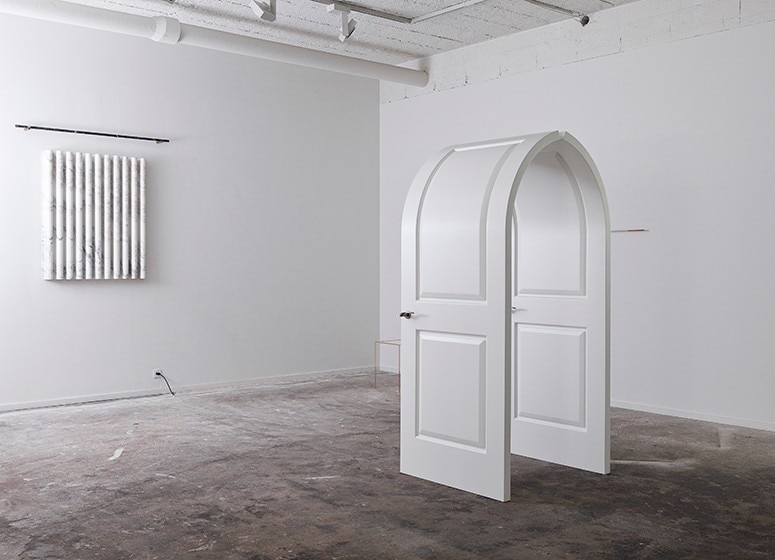
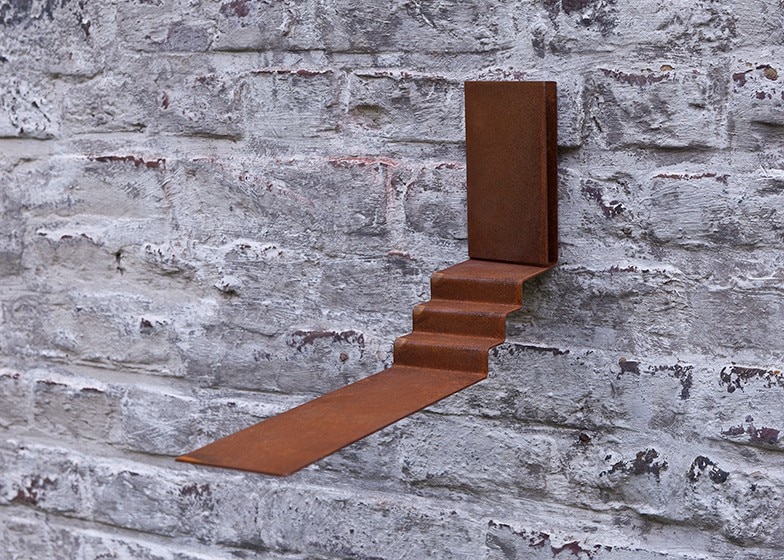
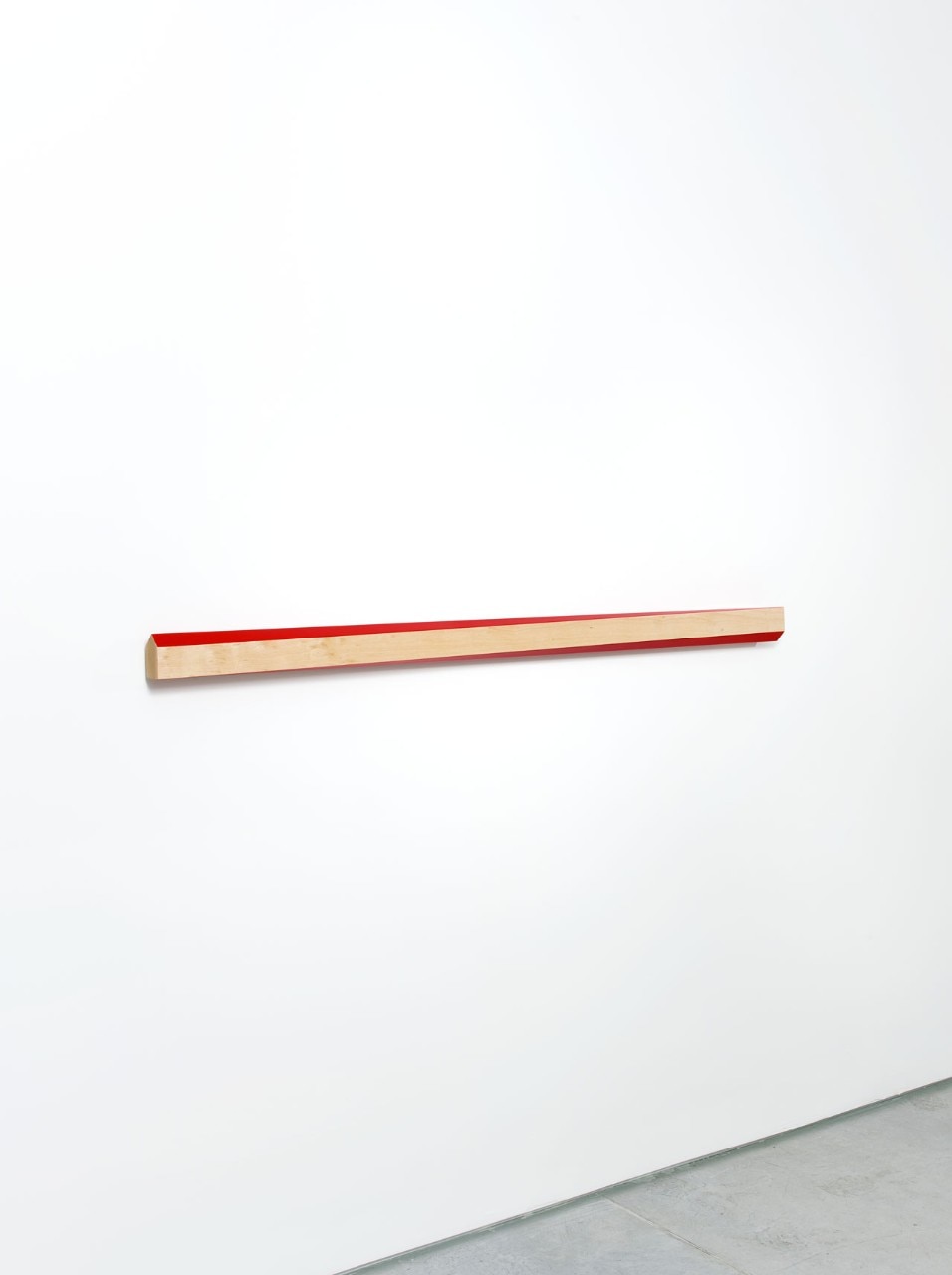
Gilad gauges his response according to who or what he has before him. For Moooi, he bunched a handful of traditional desk lamps together to create one of the company’s most iconic pieces: Dear Ingo. With Adele-C, he inserted round shapes into rigid geometries in different colours to produce the TT tables, an abbreviation of Tray Table = trays that become tables.
At Molteni, he came up with a slightly undulating coffee table and called it Panna Cotta. For Flos, he reinterpreted the classic early 19th century banker’s brass desk lamp with a green shade but added cutting-edge LED technology that lights up when the base is barely touched: it is called Goldman.
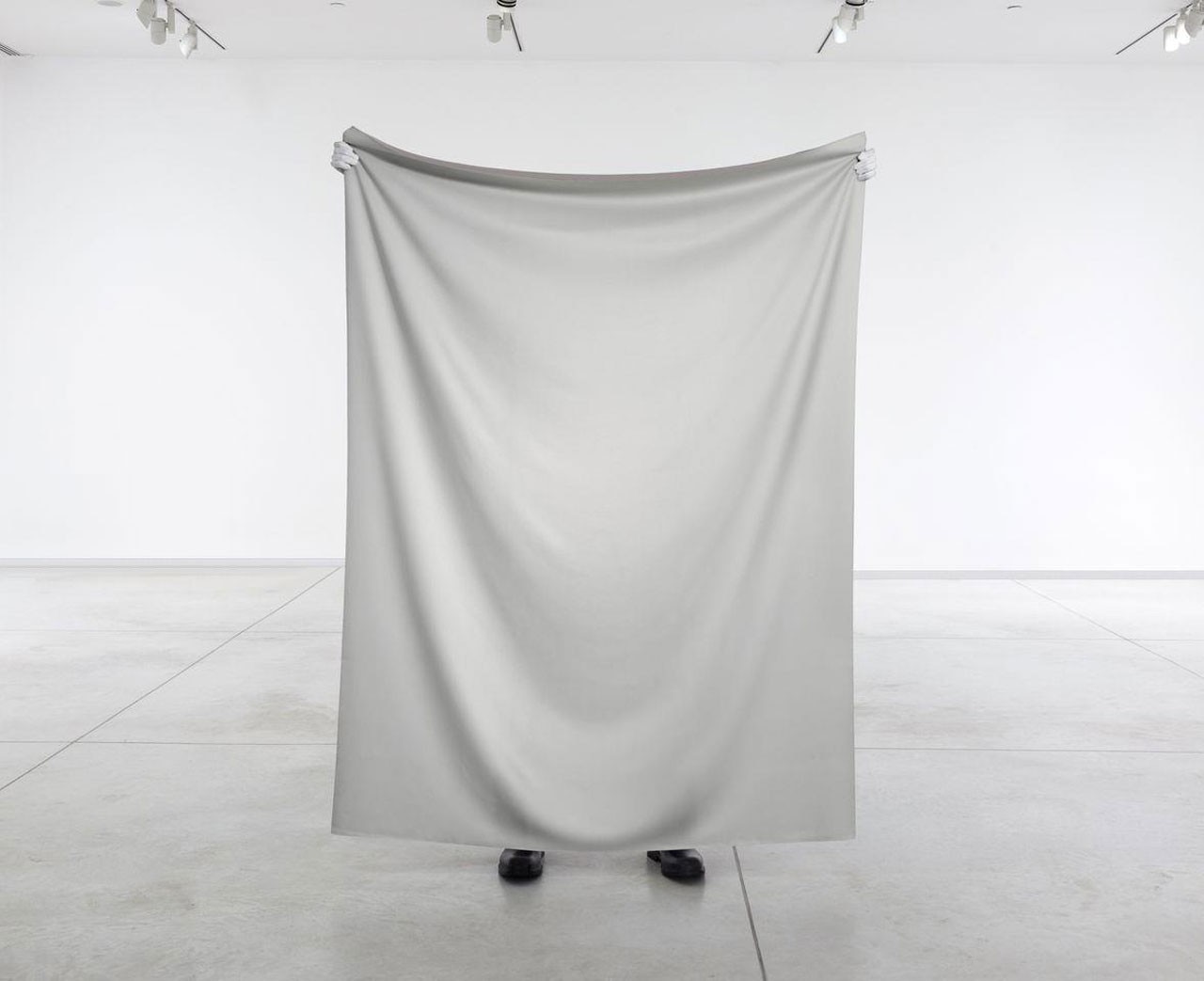
until 31 October 2014
Ron Gilad: House sweet House
Keitelman Gallery, Brussels

